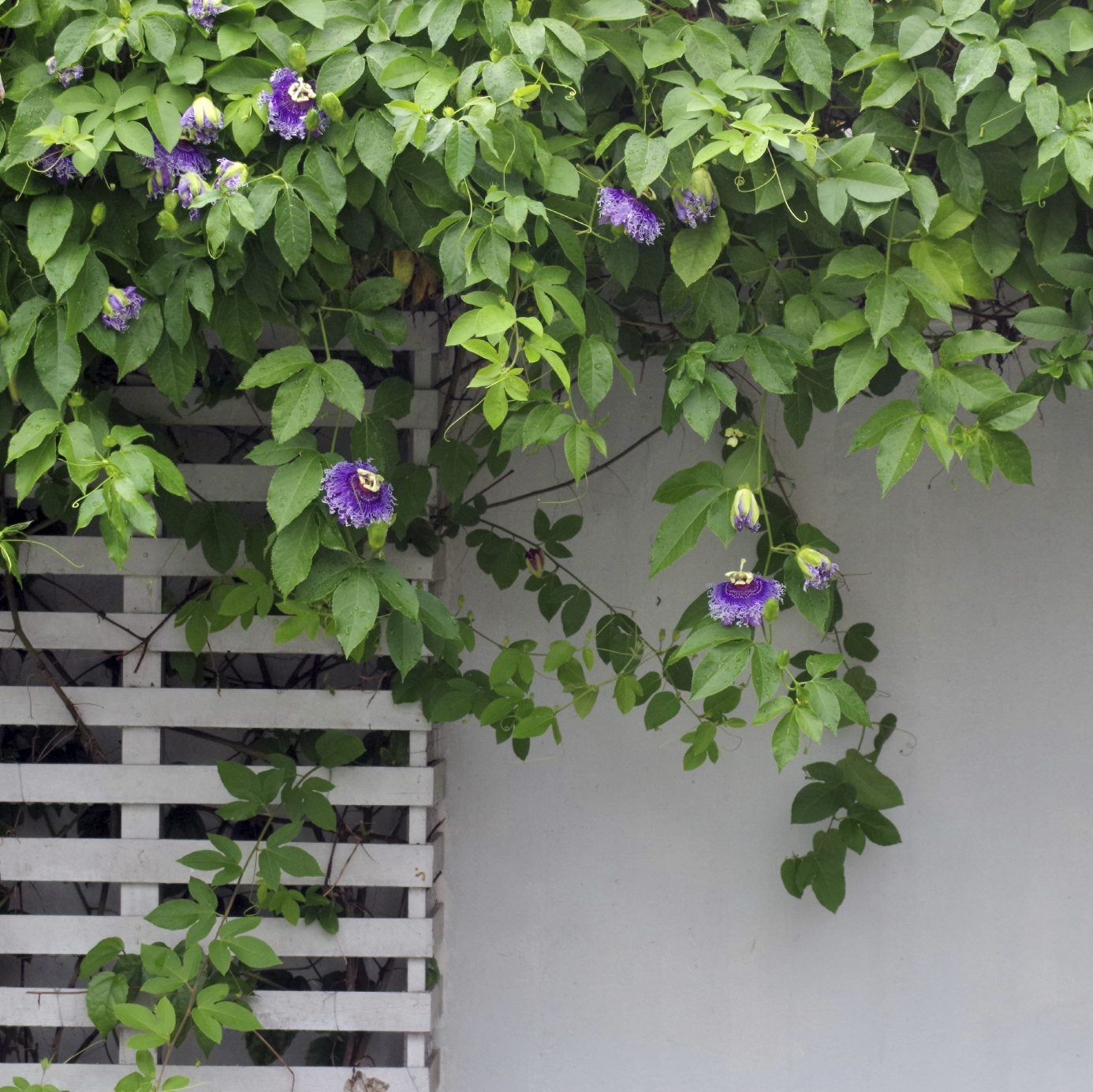Introduction to Passion Flowers
Passion flowers, known scientifically as Passiflora spp., are a genus of exotic, flowering vines that captivate gardeners with their intricate, colorful blooms and often fruit-bearing nature. Their ability to flourish in containers makes them an ideal choice for garden enthusiasts with limited outdoor space or those who wish to bring a tropical touch to patios and balconies. This comprehensive guide equips beginners with the knowledge and steps needed to nurture thriving passion flower plants in pots.
Selecting the Right Pot
Choosing the right container is the first step towards successful cultivation. Passion flowers prefer well-drained soil and ample root room. Opt for a pot that is at least 12 inches in diameter, with drainage holes at the bottom to prevent waterlogging. Terra cotta pots are a popular choice due to their breathability, which helps prevent root rot. Ensure the pot has enough weight to stabilize the vigorous growth of the vine without tipping over.
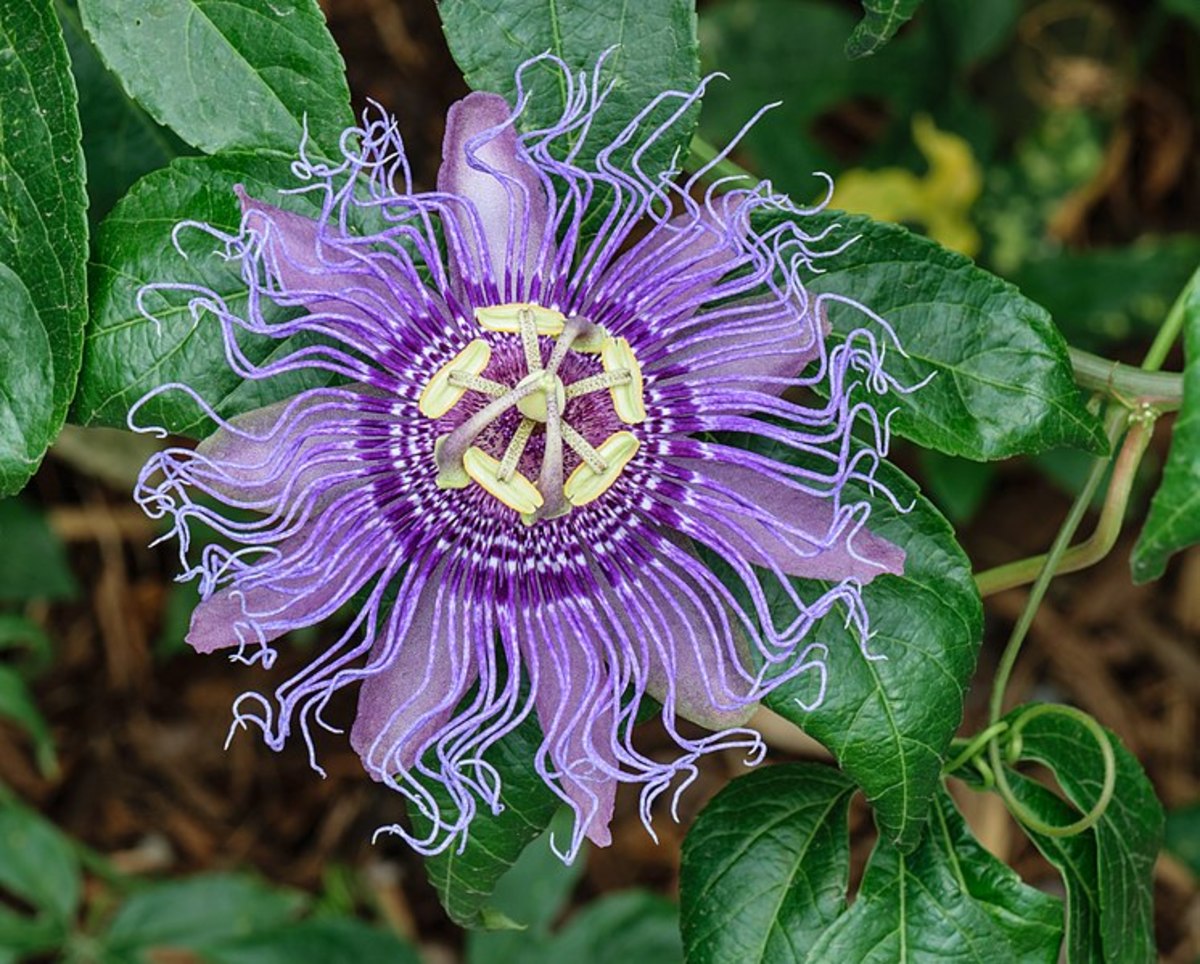
Potting Mix Preparation
A well-aerated and nutrient-rich potting mix is crucial for healthy growth. Combine equal parts of high-quality potting soil, perlite or vermiculite for drainage, and compost or aged manure to enrich the soil with organic matter. This mixture ensures good drainage while providing necessary nutrients for vigorous blooming. Avoid using garden soil directly, as it may compact and hinder root development.
Planting and Initial Care
When planting your passion flower, choose a young, healthy plant from a reputable nursery. Plant it at the same depth it was in its original container, gently spreading the roots and backfilling with your prepared potting mix. Water thoroughly after planting to settle the soil around the roots. Position the pot in a spot that receives full sun for at least six hours daily, as passion flowers thrive in bright light conditions. Morning sun exposure is particularly beneficial to stimulate bloom production.
Watering Requirements
Proper watering is vital for the vitality of potted passion flowers. Maintain a consistent moisture level without allowing the soil to become soggy. In general, watering once every two to three days during warm weather is sufficient, adjusting based on weather conditions and the pot’s drainage. Always check the top inch of soil; if it feels dry, it’s time to water. Mulching the surface with a thin layer of pine needles or bark chips can help retain moisture and regulate soil temperature.
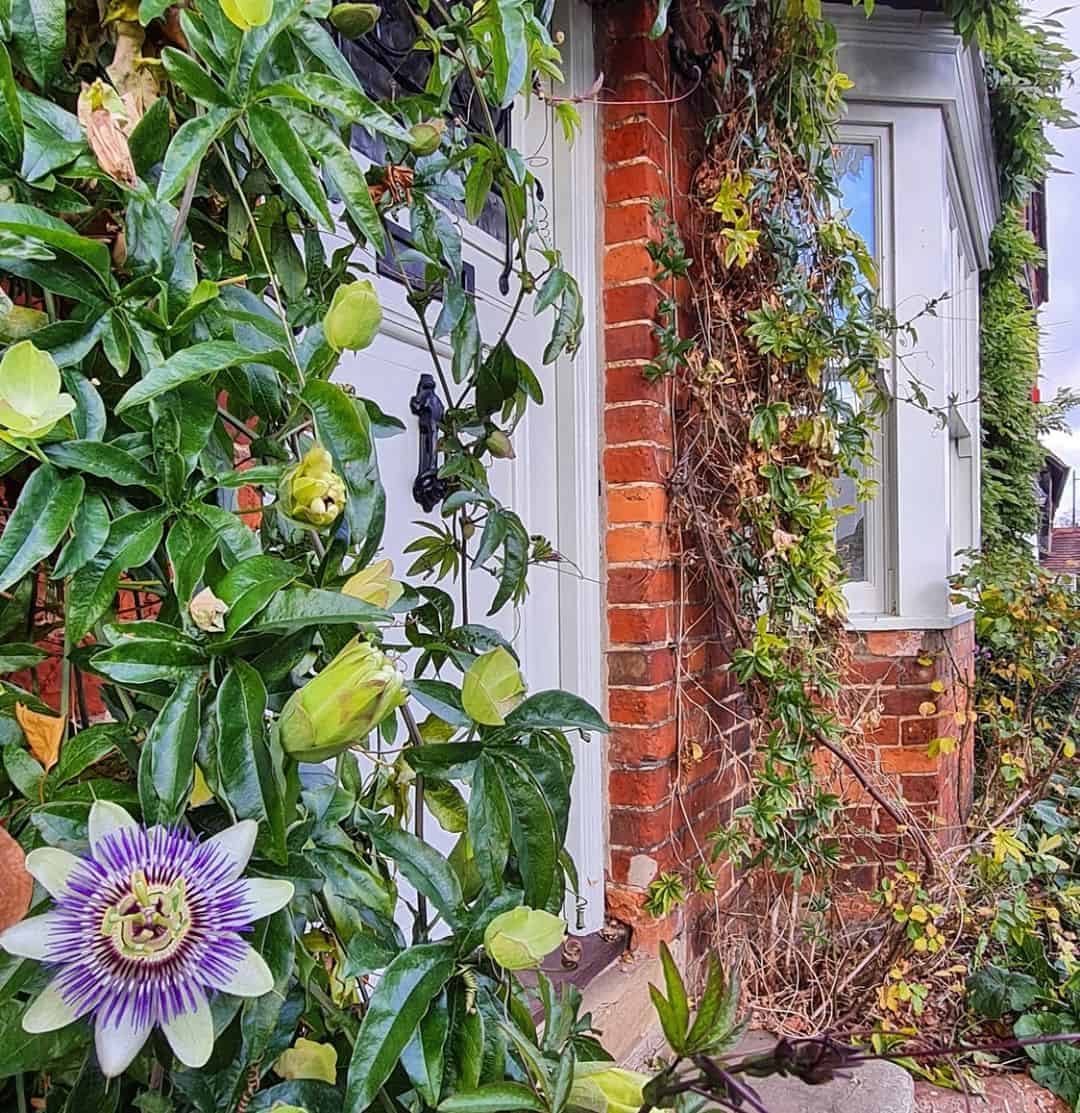
Fertilization for Optimal Bloom
Passion flowers benefit from regular fertilization during the growing season (spring through summer). Use a balanced, water-soluble fertilizer with an N-P-K ratio of 10-10-10 or a specialized formula for flowering plants, applying it once every four weeks. Alternatively, incorporate slow-release granular fertilizer into the soil at the beginning of spring for sustained nutrition. Avoid over-fertilization, which can lead to excessive foliage growth at the expense of blooms.
Pruning and Training
To maintain a neat appearance and promote robust flowering, pruning is essential. In early spring, before new growth emerges, remove any dead, damaged, or crossing branches. Additionally, trim back up to one-third of the previous year’s growth to encourage bushier growth and more flowers. For vining varieties, install a trellis, stake, or other support structure, gently training the tendrils to climb as they grow. Regular pruning and training not only enhance the aesthetics but also improve air circulation, reducing the risk of fungal diseases.
Overwintering Indoors
Many passion flower species are frost-sensitive, necessitating protection during colder months. If you live in a region with harsh winters, plan to bring your potted plant indoors before the first frost. Choose a bright indoor location that maintains temperatures above 50°F (10°C) and reduce watering frequency to match the reduced light levels. Resume normal care when moving the plant back outdoors in spring.

Common Pests and Diseases
Despite their resilience, potted passion flowers can fall victim to pests like mealybugs, aphids, and scale insects, along with fungal diseases like powdery mildew. Regular inspection and prompt action are key. For mild infestations, hosing off the plant with water or using insecticidal soap can suffice. In severe cases, consider using organic or chemical pesticides following package instructions carefully. To prevent fungal diseases, ensure good airflow around the plant and avoid overhead watering.
Propagation Techniques
One of the joys of passion flower cultivation lies in propagation. You can propagate passion flowers through seeds, stem cuttings, or layering. Stem cuttings taken in spring or summer have a high success rate. Select a healthy, semi-mature stem, remove the lower leaves, dip the cut end in rooting hormone, and plant it in a small pot filled with well-draining soil. Keep the soil moist and wait for roots to develop before transplanting into a larger container.
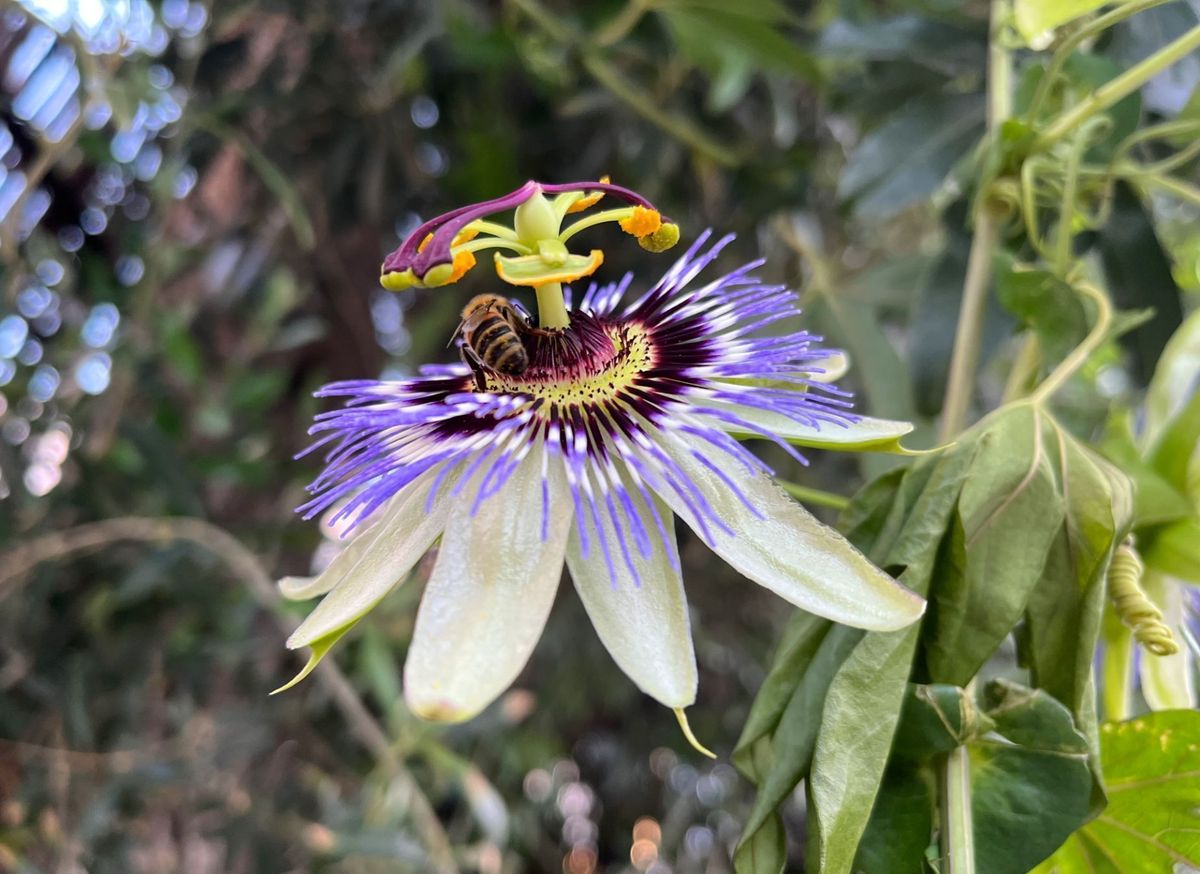
Propagation via Seeds:
For those interested in propagating passion flowers from seeds, collect mature seeds from ripe fruit and clean them thoroughly. It’s advisable to soak the seeds in warm water for 24 hours to hasten germination. Plant the seeds about 1/4 inch deep in a seed-starting mix kept consistently moist but not wet. Maintain a warm temperature around 70-80°F (21-27°C) and provide bright, indirect light. Germination can take anywhere from two weeks to several months, requiring patience.
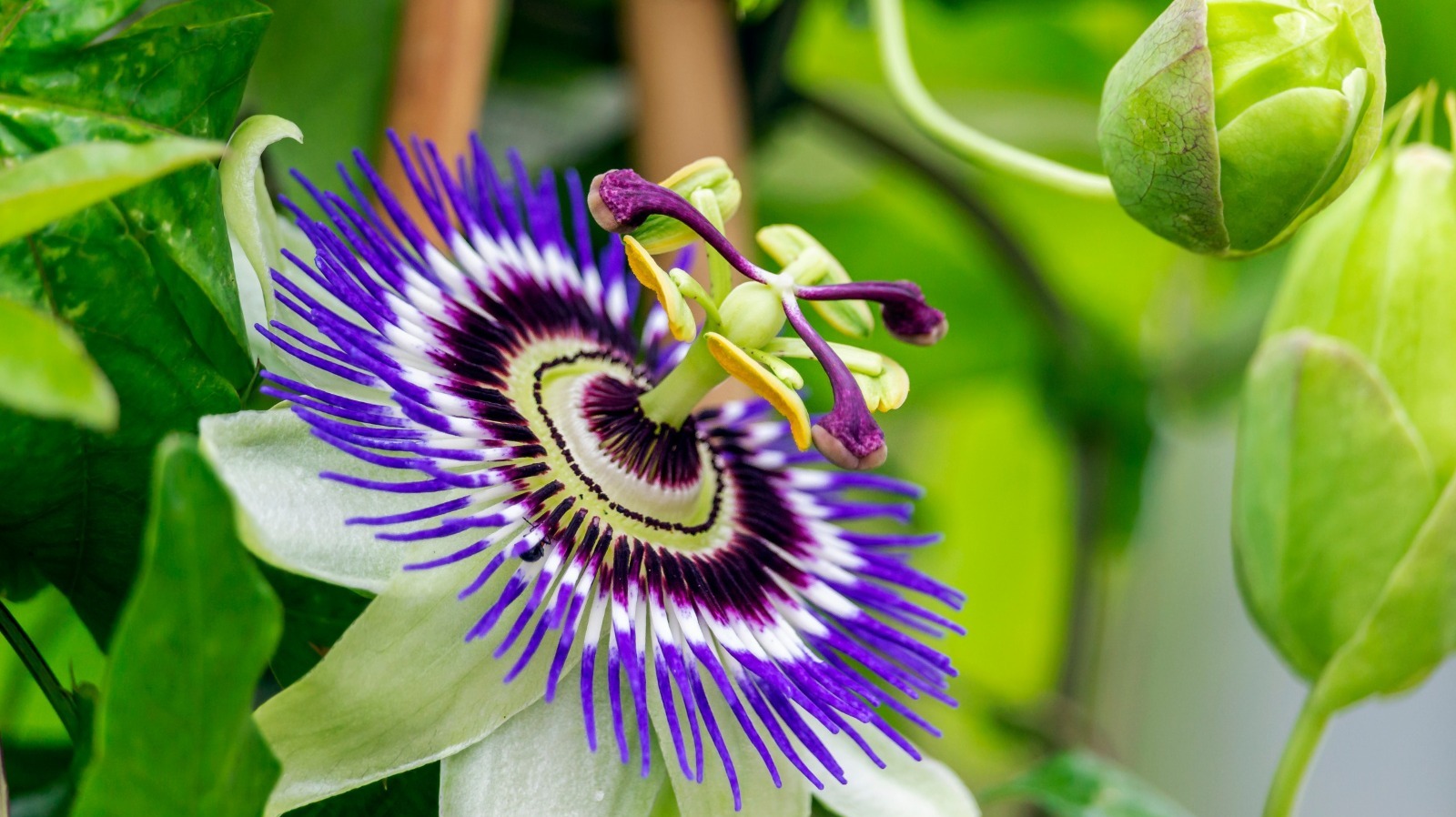
Layering Method:
Propagation by layering is another effective method, particularly suited for groundcover varieties or where a long stem can be easily bent down to the soil. Choose a healthy stem that has not yet flowered, make a small wound near a node, apply rooting hormone to the wounded area, then bury this part of the stem under a thin layer of soil, securing it in place with a peg or a stone. Keep the soil moist around the buried section. Roots should form within several weeks to a few months, after which you can sever the new plant from the parent and transplant it.
Conclusion: Embrace the Passion Flower Journey
Growing passion flowers in pots not only embellishes your living space with vibrant blooms and lush foliage but also offers a rewarding gardening experience. By adhering to the guidelines outlined in this beginner’s guide, you set the foundation for a flourishing passion flower that will enchant you with its beauty and intriguing floral structures. With patience, attention, and a bit of passion, your potted passion flower will soon become a thriving centerpiece in your garden haven.
